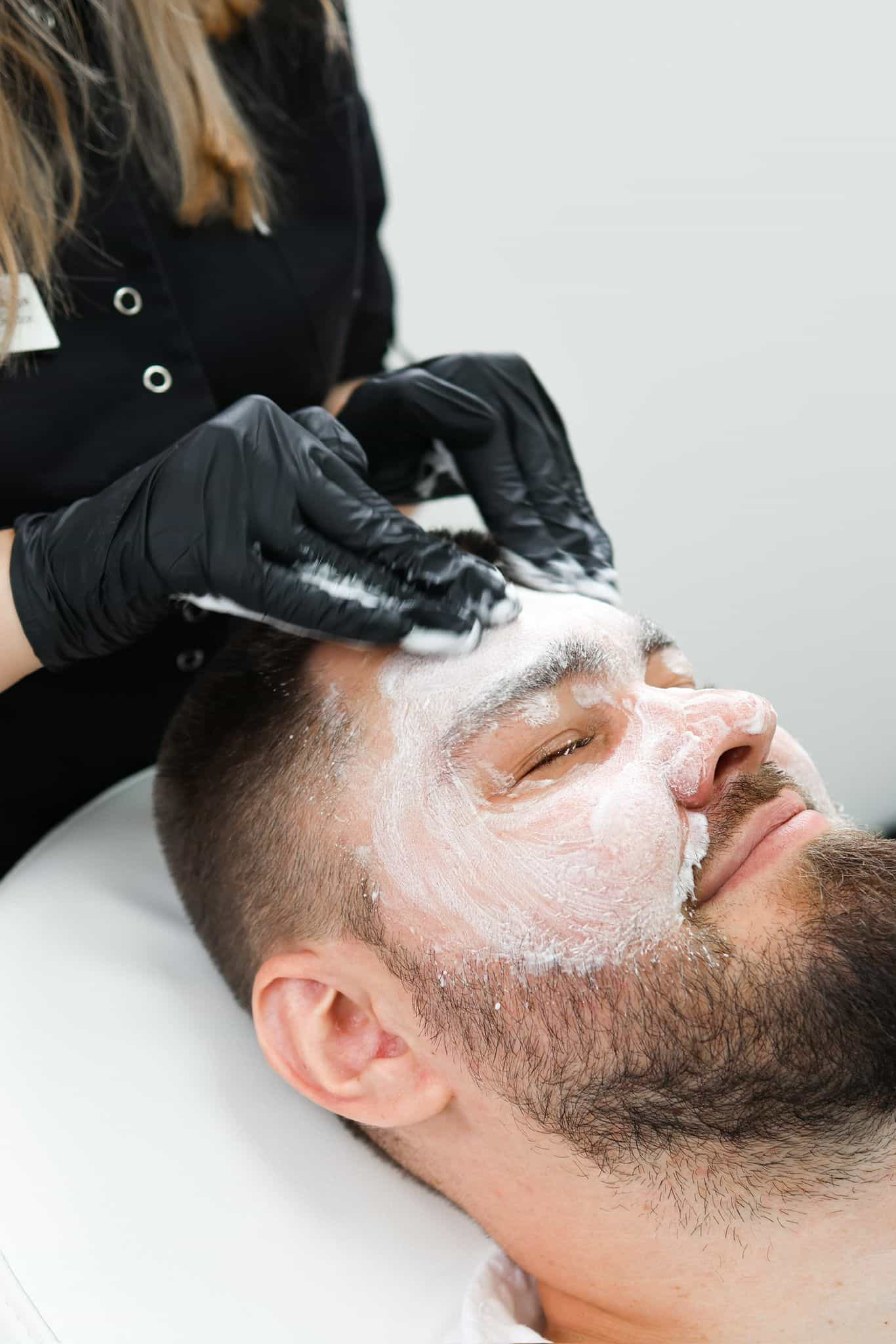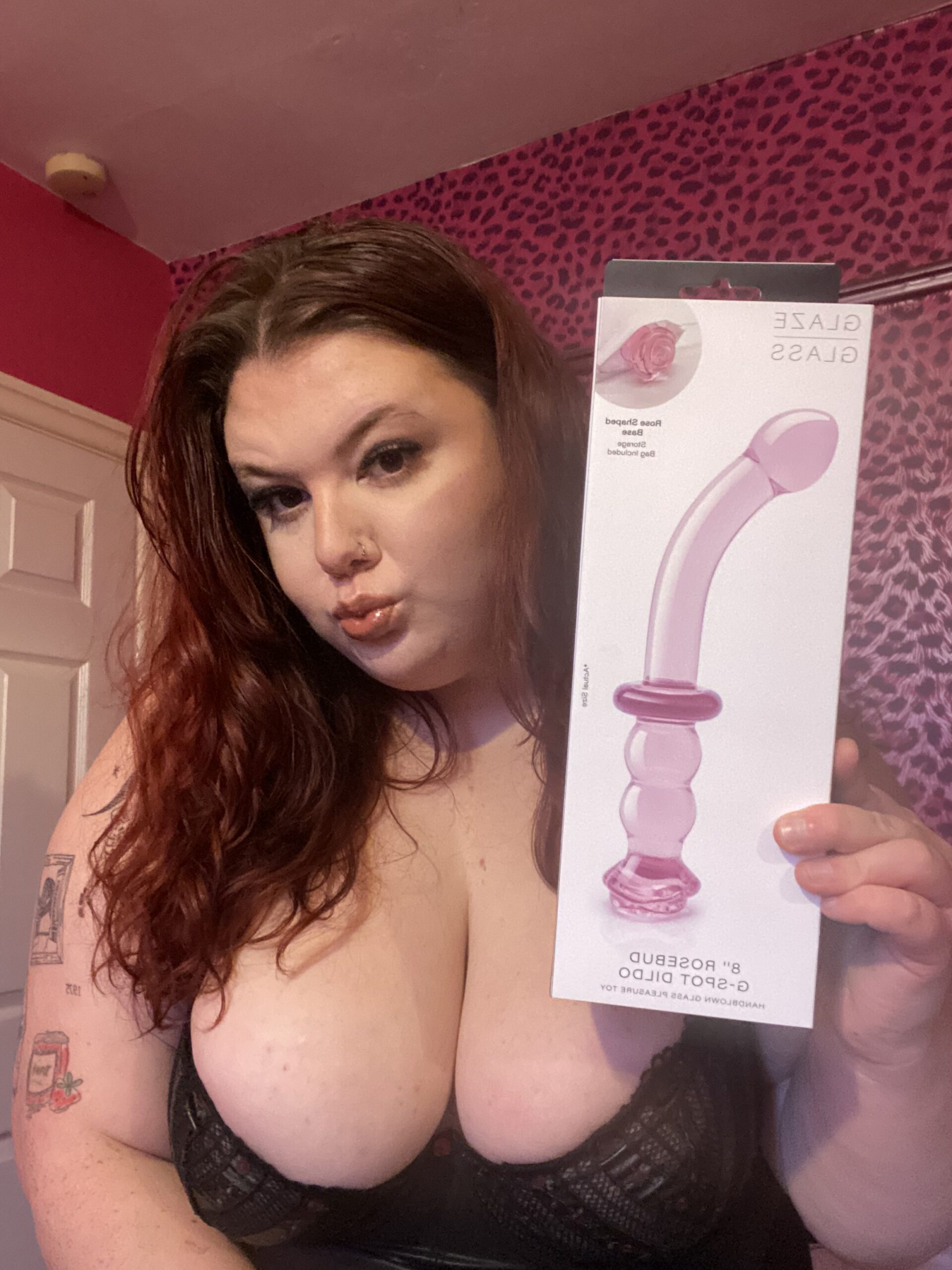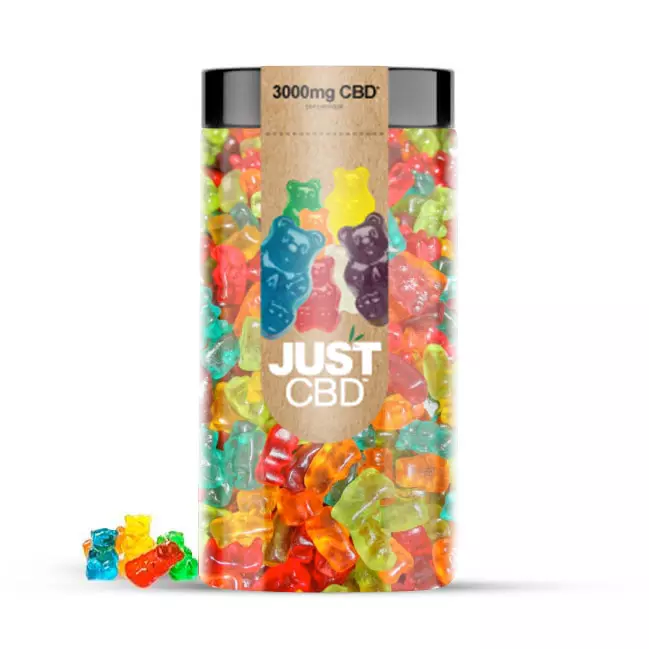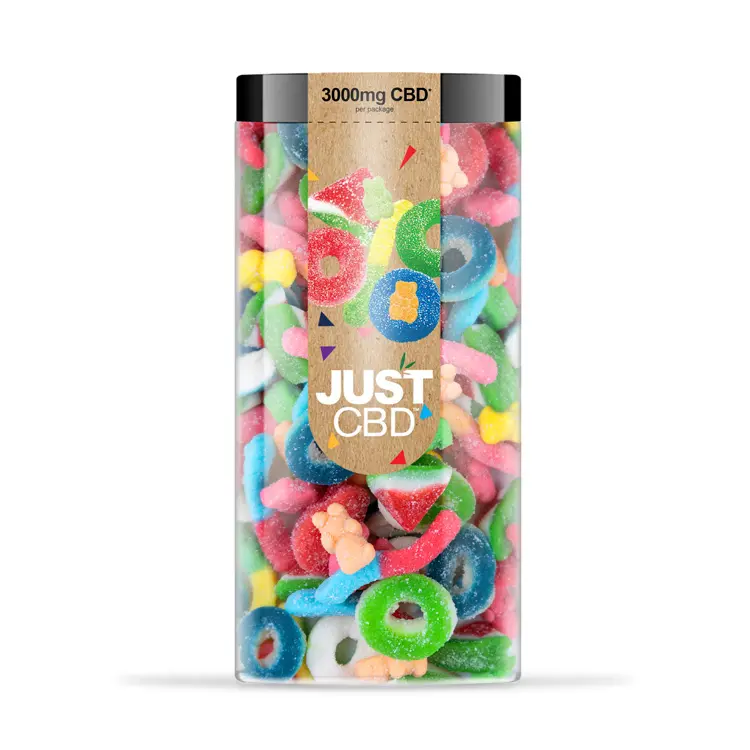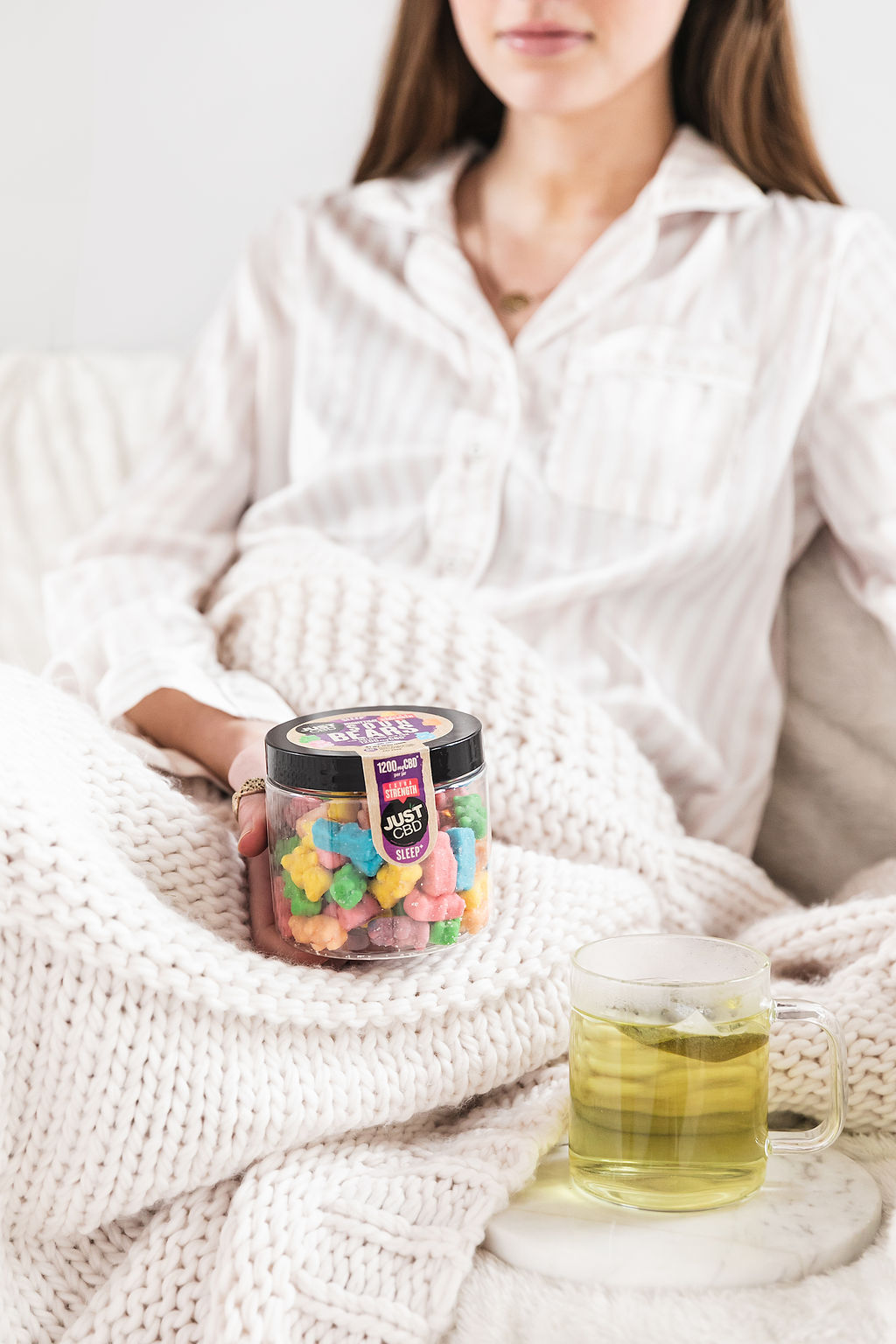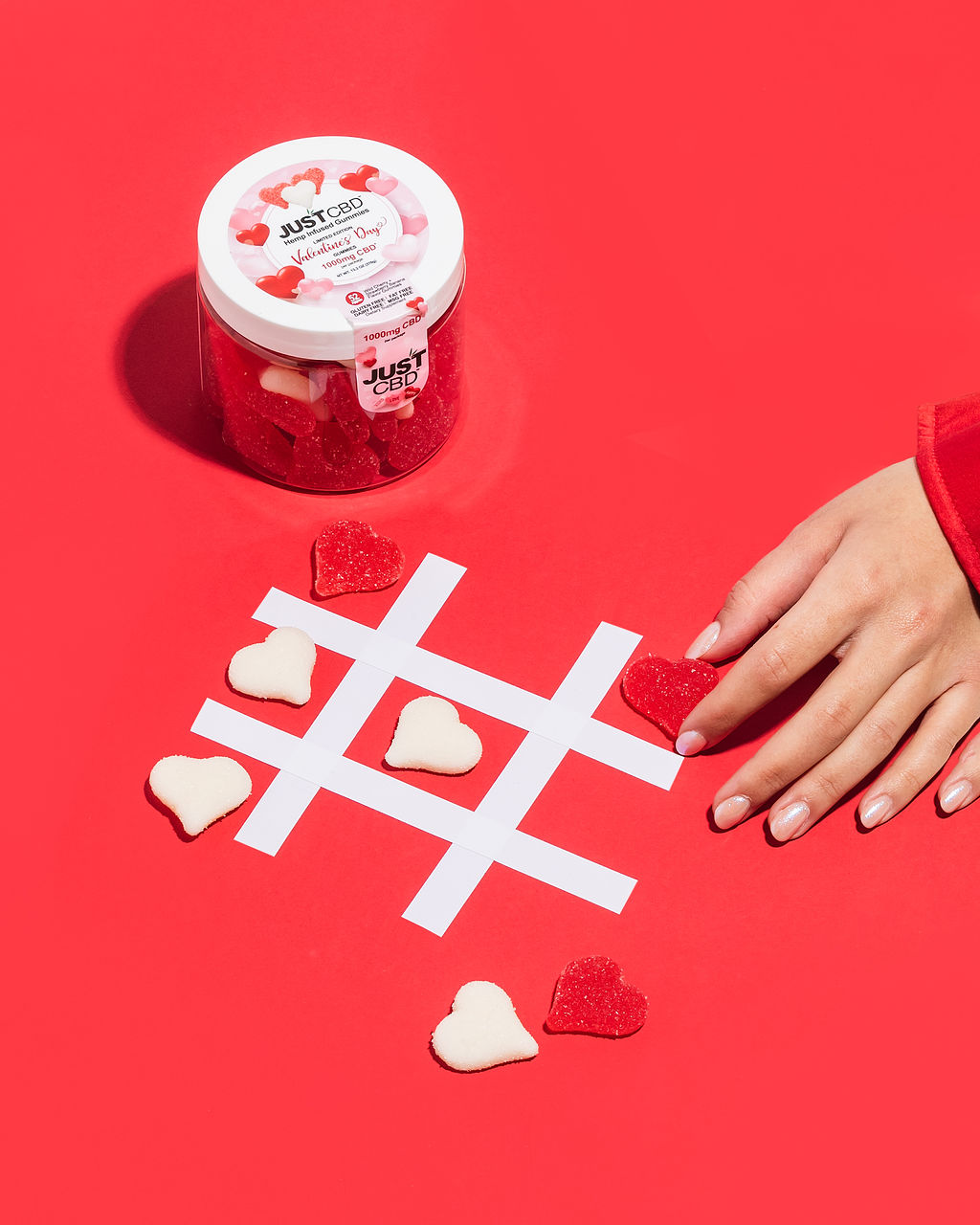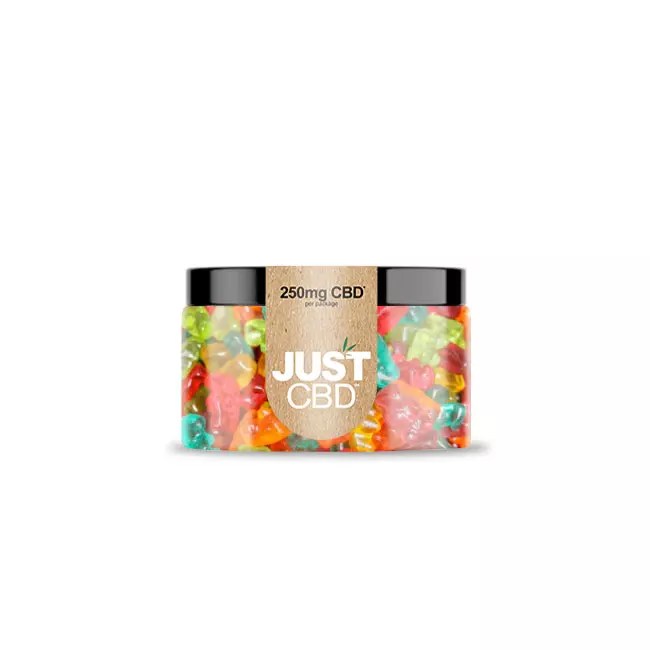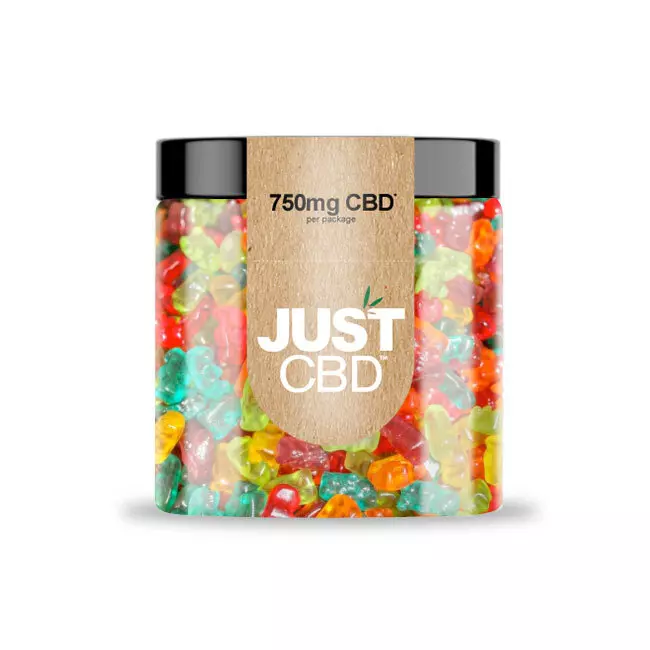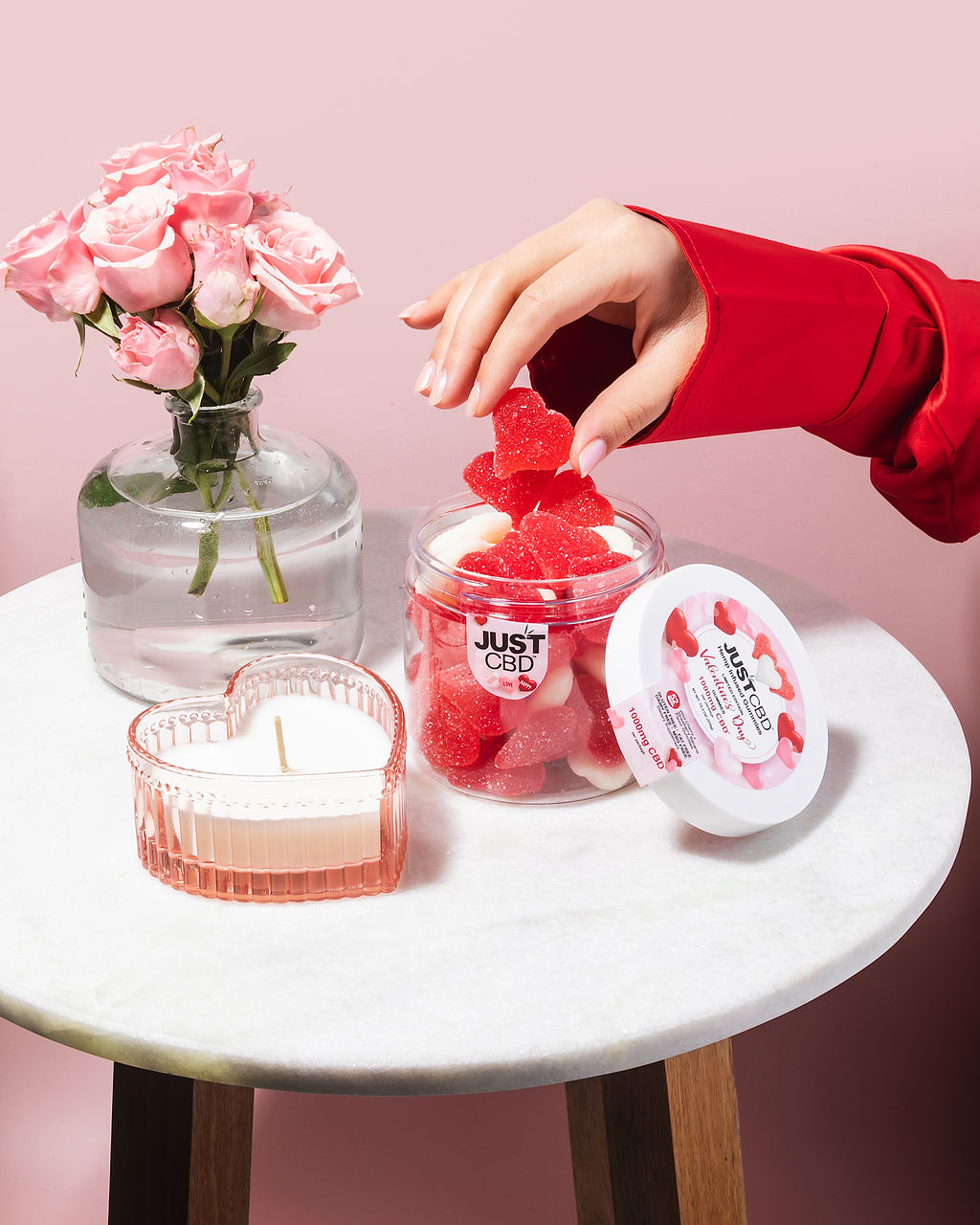Why Do People Get Temple Fillers?
Reserve a Consultation for Dermal Fillers with Dr. Laura Geige
Physical Reasons for Choosing Temple Fillers
The decision to undergo temple fillers can be influenced by a combination of physical and cosmetic reasons, particularly when it comes to concerns about aging skin.
One of the primary physical reasons for choosing temple fillers is to address facial asymmetry. As we age, our faces naturally begin to sag, leading to uneven features. Temple fillers help to restore balance and symmetry to the face, creating a more youthful appearance.
Another key physical reason is to enhance facial structure. The temples are an integral part of the face, providing support for the cheeks and helping to frame the eyes. Fillers can be used to augment the temples, adding volume and definition to this area.
Cosmetic concerns about aging skin also play a significant role in the decision to undergo temple fillers. As we age, our skin loses its natural elasticity and collagen content, leading to fine lines, wrinkles, and sagging skin. Temple fillers can help to reduce the appearance of these unwanted facial features.
One of the most noticeable cosmetic concerns is the formation of nasolabial folds – deep creases that run from the nose to the mouth. These folds are caused by the loss of fat and collagen in the face, leading to a downward and outward sagging of the skin. Temple fillers can help to reduce or even eliminate these folds.
Another concern is the loss of volume in the cheek area. As we age, our cheeks naturally begin to lose fat and definition, leading to a hollowed-out appearance. Temple fillers can be used to add volume and lift to this area, creating a more youthful and radiant complexion.
Facial rejuvenation is also a major concern for many individuals seeking temple fillers. The temples are a key area of focus during facial rejuvenation treatments, as they play a significant role in the overall appearance and structure of the face. By addressing concerns about aging skin, temple fillers can help to enhance the entire facial aesthetic.
Furthermore, temple fillers can be used to address concerns about sunken or recessed temples. As we age, our temples can begin to recede into the skull, creating a gaunt or hollow appearance. Fillers can be used to add volume and definition to this area, creating a more balanced and youthful look.
In addition to these physical and cosmetic benefits, temple fillers can also have a profound impact on an individual’s self-confidence and overall quality of life. By addressing concerns about aging skin and facial structure, individuals can feel more confident and self-assured in their appearance.
One of the primary physical reasons for choosing temple fillers is to restore *_volume_* and *_fullness_* to the temples, which can become gaunt or hollow over time. As we age, our facial structure undergoes natural changes that can lead to a decrease in facial volume, including the temples.
Another reason is to address *_asymmetry_*, where one temple may be smaller than the other. This can be caused by a variety of factors, such as uneven bone growth or muscle imbalances. Temple fillers can help to bridge this gap and create a more symmetrical look.
_Facial sagging_* is another physical reason for choosing temple fillers. As we age, our skin loses elasticity and collagen, leading to a downward pull on the facial tissues, including the temples. This can result in a sunken or saggy appearance. Temple fillers can help to lift and plump up the temples, creating a more youthful look.
Some people also choose temple fillers to address *_hairline receding_*, which can expose the temples and create a gaunt appearance. By filling in the temples, individuals can restore a more natural-looking hairline and create the illusion of thicker, fuller temples.
_Bone structure_* is another physical reason for choosing temple fillers. In some cases, the bones in the temples may be smaller or more delicate than average, leading to a lack of volume and fullness. Temple fillers can help to augment these bones and create a more robust appearance.
Additionally, *_facial muscle imbalances_* can also contribute to temple hollows. For example, if the facial muscles on one side are stronger than the other, it can lead to uneven contouring and a gaunt appearance in the temples. Temple fillers can help to restore balance to the facial muscles and create a more even look.
Finally, *_scarring_* or *_birthmarks_* can also affect the appearance of the temples. In some cases, scarring or birthmarks may cause permanent damage to the temple area, leading to unevenness or loss of volume. Temple fillers can help to camouflage these imperfections and create a more even, natural-looking contour.
The physical signs of aging, such as visible wrinkles and fine lines around the temples, are a major reason why people opt for temple fillers.
Tempting fate may not be an accurate description of the situation. Rather, the natural decline in skin elasticity and firmness that occurs with age leads to the formation of creases on the forehead, known as horizontal forehead lines or glabellar lines.
These lines are caused by the muscles between the eyebrows contracting repeatedly over time, causing the skin to fold and create deep lines.
In addition, the temples themselves can become more prominent and defined due to the loss of fat and collagen in this area, resulting in a sunken or hollow appearance.
When combined with the formation of forehead creases, temple fillers help restore a smoother, more youthful appearance to the face, particularly around the temples and forehead.
Temporary facial lines caused by muscle contractions also play a role in why people get temple fillers. These fine lines can appear at any time, but tend to worsen with age, making temple fillers an attractive option for those looking to smooth out their skin.
Facial expressions can cause deep wrinkles, including those around the temples, and this is also one of the reasons why people choose temple fillers. Over time, repeated muscle contractions in areas like the forehead and temples can lead to deeper lines and creases that are difficult or impossible to treat with non-invasive methods.
Furthermore, facial asymmetry can occur if muscles on either side of the face don’t work together evenly, leading to prominent temple fillers.
Schedule Your Dermal Filler Appointment with Dr. Laura Geige at It’s Me and You Clinic
The natural aging process also affects fat in the temples. As we age, our bodies naturally lose fat and collagen, which contributes to sagging skin, making it appear as though the temples are sunken or hollowed out.
Temple fillers can be used to restore lost volume, smooth deep lines, and improve facial symmetry.
This combination of factors leads many individuals to opt for temple fillers, helping them achieve a smoother, more youthful appearance that is free from prominent wrinkles and fine lines around the temples and forehead.
The result is often an enhanced sense of confidence and self-assurance, allowing people to feel more comfortable in their own skin and enjoy the many benefits that come with feeling younger and healthier.
Aging can lead to a natural decline in facial volume, resulting in sunken temples and a loss of definition. This decrease in fat reserves can be attributed to various physical changes that occur as we age.
One primary reason for the decreased fat reserves is the reduction in the production of adipose tissue, also known as body fat cells. As we age, the number of these cells decreases, leading to a decrease in overall facial volume and a more gaunt appearance.
Another factor contributing to the loss of temple fullness is the shrinkage of facial fat pads over time. The temples are composed of two main fat pads: the zygomaticus major and the frontalis. These pads gradually decrease in size as we age, causing the temples to appear more recessed.
Additionally, the natural process of aging causes the skin to lose elasticity and firmness, leading to a loss of facial contour. The skin on the face begins to sag and droop, which can contribute to the appearance of sunken temples.
The reduction in facial fat also leads to changes in the structure of the face. As we age, the bones of the face begin to resorb, or break down, at a slower rate than the surrounding muscles and tissues. This imbalance between bone and soft tissue can result in a more gaunt appearance and decreased temple fullness.
Furthermore, hormonal changes associated with aging can also contribute to the loss of facial fat. For example, a decrease in estrogen levels in postmenopausal women can lead to a redistribution of body fat, including a shift from the lower body to the face and neck. This redistribution can result in thinner temples and a more aged appearance.
Finally, lifestyle factors such as poor diet, lack of exercise, and smoking also play a role in the decline of facial volume with age. A diet high in processed foods and low in essential nutrients can lead to inflammation and oxidative stress, which can damage fat cells and contribute to their reduction. Similarly, a sedentary lifestyle and smoking can cause muscle atrophy and decreased circulation, leading to a decrease in temple fullness.
The choice to undergo temple filler treatment is often driven by a combination of aesthetic and functional reasons.
In terms of physical appearance, individuals may seek out temples fillers to enhance the shape and definition of this area of the face, which can become less prominent with age or due to volume loss.
Temples are the bony ridges that run on either side of the forehead, and they play a crucial role in framing the face. When well-defined, temples can create a more angular and defined facial structure, adding to the overall attractiveness of the face.
However, as we age, our temples can begin to lose volume due to a variety of factors, including gravity, muscle atrophy, and bone resorption.
This natural process of volume loss can result in a less defined and less attractive appearance, which may lead some individuals to consider temple filler treatment as a means of restoring the natural contours of their face.
Additionally, temple fillers can be used to address functional issues related to this area of the face. For example, individuals who experience forehead sweating or skin irritation in their temples may benefit from temple fillers that help reduce the appearance of fine lines and wrinkles in this area.
In some cases, temple fillers may also be used to treat medical conditions such as facial asymmetry, where one temple is more prominent than the other. By restoring balance and symmetry to the face, temple fillers can help alleviate concerns related to self-esteem and overall well-being.
Furthermore, individuals who have experienced trauma or surgery to the temples may require temple filler treatment to restore lost volume and promote proper healing.
Temples fillers are also used in medical conditions such as facial nerve paralysis, where the muscles in the face, including those that control eyebrow movement, can become weak. Temple fillers help restore the natural shape of the forehead area.
Some people may have congenital syndromes, like Crouzon or Apert syndrome, which affect bone growth and development, resulting in asymmetrical features such as uneven temples. Fillers are used to correct these imbalances and provide balance to the face.
In cases where there is significant facial trauma or surgery, temple fillers can be used to restore lost volume and promote proper healing by replenishing lost fat and soft tissue.
Temples fillers may also be necessary in situations of excessive scarring from acne or other skin conditions, which can lead to loss of facial definition and a less attractive appearance.
In some cases, individuals may require temple filler treatment due to congenital defects that cause the bones of their face to grow unevenly, such as craniofacial anomalies. Fillers help balance these irregularities by restoring lost volume.
Additionally, patients with tumors or other growths on the forehead or temples can benefit from temple fillers to restore lost shape and definition to these areas, often after surgical removal of the tumor.
Furthermore, individuals who have experienced repeated trauma to their face may require temple filler treatment to repair damaged bone structure.
Finally, people who want to create a more youthful or attractive appearance by reducing the depth of wrinkles and fine lines on their forehead can benefit from using temples fillers.
The choice to undergo temple fillers, also known as *_temporal bone fillers_*, can be influenced by various physical reasons. One common condition that may lead individuals to consider this procedure is *_temporomandibular joint dysfunction_* (_TMJ disorder_). TMJ disorders refer to a range of conditions that affect the _* temporomandibular joint (TMJ), which connects the _*jawbone (mandible)*_ to the _*skull’s* temporal bone._
These disorders can cause pain and discomfort in the jaw, face, and temples. In some cases, individuals may experience *_facial asymmetry_*, where one side of the face appears more prominent than the other, leading to an unbalanced appearance.
Another physical reason for choosing temple fillers is *_chronic fatigue syndrome_*, a condition characterized by persistent fatigue that interferes with daily life. This condition can cause individuals to seek alternative treatments to alleviate symptoms, including *_temporal bone contouring_* or *_facial rejuvenation_*.
Additionally, individuals who have undergone _*trauma or injury*_ to the face or temples may choose temple fillers as a way to restore their natural appearance. This can include _*scar revision_* or _*fat grafting_* procedures to improve the symmetry and contours of the face.
The physical effects of *_radiation therapy_* on the face and head can also lead individuals to consider temple fillers. Radiation treatment for conditions such as cancer can cause _*facial asymmetry_*, _*scarring_*, and _*weight loss_* in the cheeks, resulting in a gaunt or hollow appearance.
Furthermore, *_deformities due to congenital defects or genetic disorders*_ can lead individuals to seek temple fillers. For example, conditions such as *_facial asymmetry_*, _*microcephaly_*, or _*craniosynostosis_* may cause structural abnormalities in the skull and face, which can be corrected with temple fillers.
Lastly, physical changes due to *_age-related wear and tear_* on the face and head can also prompt individuals to consider temple fillers. As we age, our skin and underlying tissues undergo _*degradation_*, leading to a loss of facial volume and contours, which can be restored with *_temporal bone filling_*.
The choice to undergo temple fillers, also known as cheek augmentation or temporalis muscle fillers, can be influenced by a combination of physical and emotional factors. When considering this cosmetic procedure, it’s essential to understand the underlying physical reasons that may contribute to an individual’s decision.
One significant physical reason for choosing temple fillers is the desire for facial symmetry and balance. The temporal bone, located on each side of the skull, plays a crucial role in maintaining facial symmetry. Individuals with uneven or asymmetrical faces may opt for temple fillers to create a more balanced appearance.
-
Schedule a Consultation for Dermal Fillers with Dr. Laura Geige Today
- Facial asymmetry can result from various factors, such as uneven muscle development, injury, or congenital conditions like cleft palate or craniofacial abnormalities.
- Aesthetic concerns, like an imbalance between the nose and cheeks, may also contribute to the decision for temple fillers.
- Some individuals may experience a loss of facial volume due to aging, making them more likely to consider temple fillers as a way to restore their natural appearance.
Another physical reason for choosing temple fillers is related to bone structure and density. Some people may have a naturally smaller or less prominent temporal bone, which can contribute to a thinner or more gaunt facial profile. In such cases, temple fillers can help augment the appearance of the cheekbone and create a more defined facial contour.
Temporomandibular joint (TMJ) disorders and trauma can also play a role in the decision for temple fillers. Individuals with TMJ issues may experience discomfort or pain in the jaw and surrounding areas, which can affect their self-confidence and lead them to seek cosmetic solutions like temple fillers.
Additionally, some people may have congenital conditions that affect the development of the temporal bone or facial structure, such as microcephaly or craniosynostosis. In these cases, temple fillers can be used as a temporary solution to enhance their appearance until other treatments are possible.
Furthermore, individuals with a history of trauma to the face or head may opt for temple fillers to address the resulting structural changes. This can include scars, lumps, or irregularities caused by past injuries, which can detract from their natural appearance and self-confidence.
In some cases, medical conditions like facial paralysis or weakness can contribute to the decision for temple fillers. Individuals with these conditions may experience a loss of facial muscles’ ability to function properly, leading to an uneven or asymmetrical face, which can be corrected with temple fillers.
There are several physical reasons why individuals may choose to undergo temple fillers, particularly in the area surrounding the temple region.
-
Scars from trauma can be a major concern for many individuals. If someone has experienced a traumatic event that resulted in injuries or surgery around the temple area, they may develop noticeable scars that can affect their self-esteem and appearance.
-
Surgeries such as forehead lifts, facial rejuvenation procedures, or even cosmetic surgeries like rhinoplasty can also leave behind unsightly scars on the temple area.
-
Skin infections in the temple area can cause significant damage to the skin and underlying tissues. After a severe infection has healed, individuals may be left with pitted or depressed areas that can be challenging to conceal with makeup or clothing alone.
-
Facial asymmetry is another physical concern that may prompt individuals to consider temple fillers. If one side of the face appears smaller or less defined than the other, it can create an uneven appearance and negatively impact overall facial balance.
-
Temples are a common location for fine lines, wrinkles, and creases due to aging. As the skin loses its elasticity and firmness, these areas can become more pronounced, leading to an aged appearance that individuals may want to address with temple fillers.
-
Tattoos or permanent marks in the temple area can also be a concern for some individuals. These unwanted markings can affect their self-confidence and overall quality of life, prompting them to seek out solutions like temple fillers to remove or camouflage these imperfections.
By addressing these physical concerns through temple fillers, individuals can restore their natural appearance, boost their self-esteem, and feel more confident in their own skin.
Non-Physical Reasons for Temple Fillers
The quest for a more youthful appearance has led many individuals to consider *_Temple Fillers_* as a solution. However, the decision to undergo this procedure should be based on a thorough understanding of its potential effects and underlying motivations.
One common reason people opt for temple fillers is to address *_Mental Health Issues_*. For some, a change in appearance can be a coping mechanism for mental health concerns such as anxiety or depression. The desire to feel more confident and attractive can lead individuals to seek out *_Self-Esteem Enhancement_* through cosmetic procedures.
Another non-physical reason people get temple fillers is to mask the effects of *_Migraines_*. Temporal headaches are a common symptom experienced by many individuals, causing pain and discomfort. Some may opt for temporary fillers as a way to alleviate these symptoms, providing temporary relief from their headaches.
Furthermore, some individuals seek out *_Dental Issues_* as a reason for temple filler procedures. Missing teeth or gaps in the jawline can create a perceived issue with one’s appearance, leading people to consider fillers as a solution. This may not necessarily be related to physical health, but rather a desire to improve their overall aesthetic.
A significant number of individuals undergo temple fillers due to *_Societal Pressure_* and unrealistic beauty standards. The constant exposure to media and celebrity culture can create a sense of inadequacy about one’s appearance. By filling in gaps or enhancing facial features, individuals may feel more confident in their own skin.
Additionally, some people get temple fillers because of *_Personal Trauma_*. For those who have experienced physical or emotional abuse, the desire to change their appearance can be a coping mechanism for past traumas. Fillers become a way to regain control over one’s life and body.
The rise of *_Social Media_* has also contributed to the growing demand for temple fillers. Platforms like Instagram and Facebook showcase idealized images of beauty, creating an unattainable standard for many. As individuals compare themselves to others, they may feel compelled to undergo procedures to improve their appearance.
It’s essential to recognize that these non-physical reasons often coexist with physical health concerns. Individuals seeking temple fillers should be aware of the potential risks associated with the procedure and have an open discussion with their healthcare provider about their motivations and expectations.
A holistic approach is necessary for those considering temple fillers. Rather than solely focusing on physical appearance, individuals should explore ways to address underlying *_Mental Health Issues_* and *_Self-Esteem Concerns_*. By doing so, they can make more informed decisions about their health and well-being.
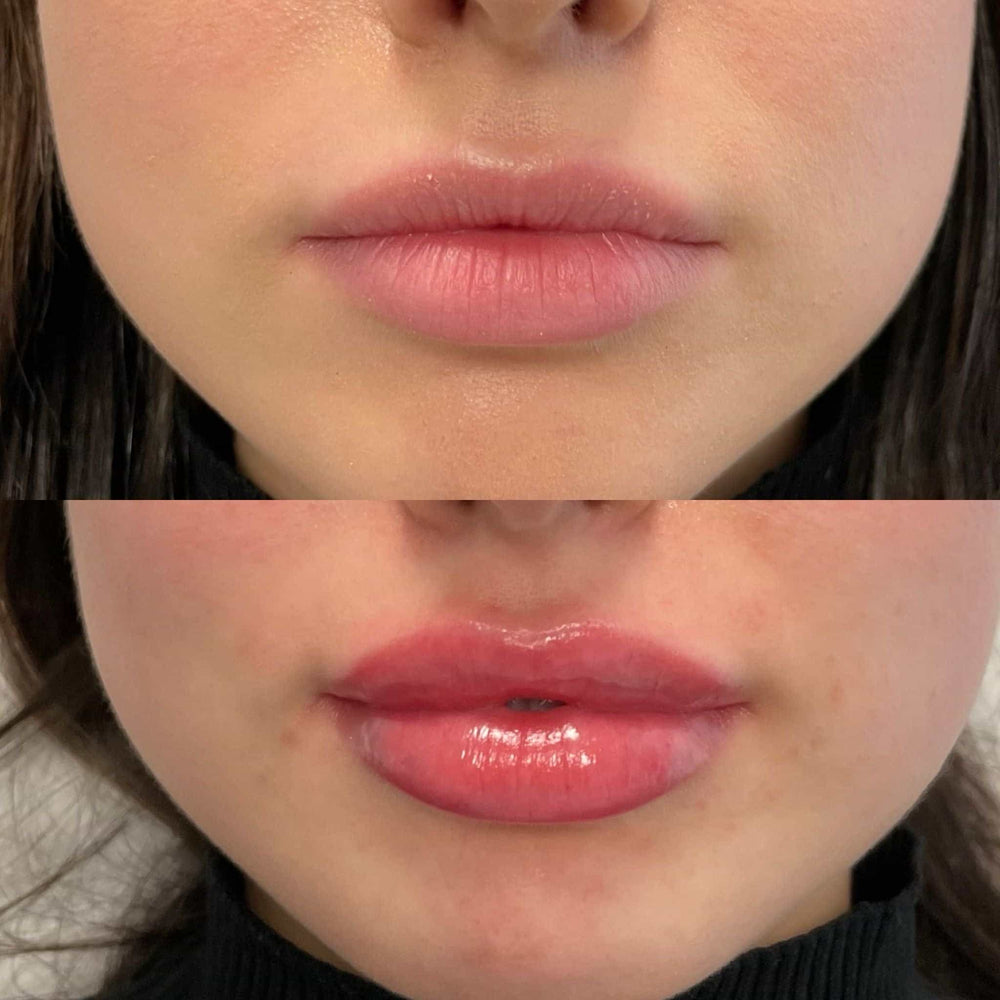
Temple fillers have become increasingly popular in recent years, with many individuals seeking to enhance their appearance and boost their self-confidence.
Anxiety disorders can also be a non-physical reason for temple filler enthusiasts. Low self-esteem, which is often accompanied by anxiety, can lead individuals to seek external validation through cosmetic procedures like temple fillers.
Social anxiety, on the other hand, may cause individuals to focus excessively on their appearance, particularly in areas that are perceived as high-profile, such as the temples. This preoccupation with one’s appearance can be a coping mechanism for those who struggle with social interactions and feelings of inadequacy.
Depression is another mental health condition that can contribute to temple filler enthusiasts. Depression can lead individuals to feel disconnected from their emotions, thoughts, and bodies, making them more susceptible to seeking external solutions, such as cosmetic procedures.
In addition, anxiety disorders can also manifest physically, leading to tension headaches, jaw clenching, or teeth grinding. Temple fillers may be seen as a way to alleviate these physical symptoms, providing a sense of relief from the emotional and psychological distress associated with anxiety disorders.
Moreover, the pressure to conform to societal beauty standards can exacerbate anxiety disorders. Social media platforms showcase flawless and airbrushed images, perpetuating unrealistic expectations about appearance. This can lead individuals to feel inadequate and anxious about their own bodies, resulting in a desire for temple fillers as a means of self-improvement.
Low self-esteem and social anxiety can also make it difficult for individuals to accept themselves as they are. Temple fillers may be seen as a way to bridge this gap, providing a physical solution that can temporarily boost one’s confidence and self-perception.

Additionally, the temporary nature of temple fillers can serve as a coping mechanism for anxiety disorders. The quick fix provided by these procedures can offer a sense of relief from emotional turmoil, allowing individuals to momentarily escape from their worries and concerns.
It is essential to recognize that these non-physical reasons for temple filler enthusiasts are complex and multifaceted. Anxiety disorders, low self-esteem, social anxiety, and depression all have distinct causes and effects on an individual’s life.
As such, it is crucial to approach individuals seeking temple fillers with empathy and understanding. By acknowledging the underlying mental health concerns, medical professionals can provide more comprehensive care that addresses both the physical and emotional aspects of a person’s well-being.
In some cases, individuals may require professional help from therapists or counselors to address their anxiety disorders or low self-esteem. A holistic approach to addressing these non-physical reasons for temple fillers is essential to providing effective support and promoting overall mental health.
Traumatic experiences can significantly contribute to the desire for temple fillers among some individuals.
-
Physical abuse, in particular, has been linked to an increased likelihood of seeking body modification as a form of coping mechanism or attempt to regain a sense of control over one’s body.
-
Emotional and psychological trauma can lead to feelings of self-hatred, low self-esteem, and a distorted body image, making individuals more susceptible to the allure of temple fillers as a means to improve their perceived physical appearance.
-
The trauma can also manifest in ways that are not immediately apparent, such as difficulty with emotional regulation, increased anxiety or depression, and feelings of numbness or disconnection from one’s body, all of which can be exacerbated by the desire for temple fillers.
Assault, whether physical or verbal, can also have a profound impact on an individual’s self-perception and body image, leading them to seek temple fillers as a way to reclaim their sense of identity and autonomy.
-
For survivors of assault, the trauma can manifest as shame, guilt, and self-blame, which can be further complicated by societal expectations around beauty and physical appearance, ultimately driving them to seek temple fillers as a means to regain a sense of control over their bodies.
-
Moreover, the experience of assault can lead to hypervigilance, making it challenging for individuals to relax or feel at ease in their own skin, which can be intensified by the desire for temple fillers as a way to “fix” perceived flaws or imperfections.
It is essential to acknowledge that these experiences are not inherent to an individual’s identity and that seeking temple fillers should not be seen as a solution to trauma. Rather, it can be viewed as a coping mechanism that may provide temporary relief but ultimately distracts from addressing the underlying emotional and psychological wounds.
-
Healing from traumatic experiences requires a comprehensive approach that includes therapy, support groups, and self-care practices tailored to the individual’s unique needs.
-
Awareness of the complex interplay between trauma, body image, and self-perception can help individuals seek alternative solutions that address the root causes of their desire for temple fillers.
No one likes to look at their reflection and be unhappy with what they see. For many people, concerns about facial appearance can stem from a deeper psychological issue known as body dysmorphic disorder (BDD).
BDD is a mental health condition characterized by an excessive preoccupation with a perceived flaw in one’s physical appearance, which is not noticeable or appears minor to others.
In the context of temple fillers, individuals with BDD may feel that their temples are too prominent, too hollow, or simply not symmetrical. These concerns can lead them to seek out surgical interventions like temple fillers to “correct” their perceived flaw.
For people with BDD, the desire for temple fillers is often driven by a deep-seated insecurity about their appearance. They may feel that others will notice and judge them if they don’t undergo the procedure.
This can lead to a vicious cycle of self-doubt and anxiety, which can be exacerbated by social media platforms that showcase seemingly flawless faces and bodies.
Research suggests that individuals with BDD are more likely to seek out cosmetic procedures as a way to cope with their perceived flaws. This is often driven by feelings of shame, embarrassment, or inadequacy.
Moreover, people with BDD may experience anxiety or avoidance behaviors in social situations where they feel like others will notice their perceived imperfections.
Symptoms of BDD can vary from person to person, but common symptoms include:
- Critical thoughts about one’s appearance, such as “I have a large nose” or “My eyes are too small.”
- Compulsive behaviors, such as excessive mirror-checking or seeking reassurance from others about one’s appearance.
- Avoidance of social situations where one feels like their perceived flaws will be on display.
It’s essential to note that BDD is a treatable condition, and individuals who seek out temple fillers due to these concerns may benefit from seeking professional help. A mental health professional can work with the individual to develop coping strategies and address underlying issues related to body image and self-esteem.
In some cases, addressing the root cause of the concern through therapy or counseling can be just as effective as surgery in alleviating symptoms. Additionally, support groups and online resources can provide valuable tools and information for individuals struggling with BDD.
Cultural and societal pressures play a significant role in influencing an individual’s decision to undergo temple fillers, also known as dental implants or crowns.
In many societies, a healthy and beautiful smile is considered essential for social interaction, self-confidence, and overall well-being. As a result, people may feel pressure from their cultural background, family, and friends to have a full set of teeth, regardless of the cost or complexity involved.
This pressure can be particularly strong in societies where oral health is highly valued, such as in many Asian cultures, where a person’s smile is often seen as a reflection of their social status and hygiene. In these communities, having temple fillers may be viewed as a rite of passage, symbolizing adulthood and maturity.
Additionally, the influence of social media has created unrealistic beauty standards, showcasing perfectly straightened teeth and gleaming white smiles. This can lead to feelings of inadequacy and low self-esteem, prompting individuals to seek temple fillers to feel more confident and attractive in their online personas.
Societal expectations around oral health can also be driven by economic factors. In some countries, having a full set of teeth is seen as a necessary investment for professional success or social mobility. Employers may view a person with missing teeth as less capable or competent, which can impact job prospects and career advancement.
Furthermore, the cultural stigma surrounding tooth decay and gum disease can lead people to feel embarrassed about their oral health and seek temple fillers as a way to hide imperfections. This fear of judgment can be particularly pronounced in communities with high rates of poverty, where access to dental care is limited and oral health is often neglected.
Media representation also plays a significant role in shaping cultural attitudes towards temple fillers. Celebrities, influencers, and other public figures often showcase their gleaming smiles in social media posts, reinforcing the idea that a full set of teeth is essential for beauty and success.
The desire for a perfect smile can also be driven by personal experiences, such as traumatic dental injuries or oral surgeries. In some cases, individuals may seek temple fillers to restore their confidence and self-esteem after experiencing oral health issues.
Lastly, the advancements in dental technology have made temple fillers more accessible and affordable than ever before. This has led to a surge in popularity, as people become more aware of the options available to them for restoring their smile and improving their overall oral health.
The cultural and societal pressures surrounding temple fillers are complex and multifaceted, influencing individuals from various backgrounds and demographics. Understanding these factors can provide valuable insights into why people choose to undergo temple fillers, highlighting the importance of considering both physical and non-physical reasons for this popular cosmetic procedure.
Cultural expectations of beauty standards play a significant role in driving individuals to undergo temple fillers. In many societies, particularly in East Asian cultures, the temples are considered an integral part of one’s facial structure and are highly valued for their aesthetic appeal.
In traditional East Asian culture, the temples are seen as a symbol of youth, beauty, and wisdom. They are believed to possess spiritual power and are often referred to as the “third eye” or the “gate to the soul”. As such, individuals seek to enhance their temple appearance in order to project a more attractive and youthful image.
Unfortunately, these cultural expectations have led to a growing trend of temple fillers, particularly among young women. Many people feel pressure from their families, friends, and social media influencers to undergo temple fillings in order to conform to societal beauty standards.
Language plays a significant role in perpetuating these cultural expectations. The English language, in particular, has been accused of perpetuating Eurocentric beauty standards, which can be alienating for individuals from non-Western cultures who are expected to conform to these norms.
The word “temples” itself is often used interchangeably with the term “bones” or “facial structure”, implying that they are an integral part of one’s physical appearance. However, in East Asian cultures, the temples are considered a spiritual entity that transcends physical appearance.
Furthermore, the concept of ” beauty” is deeply rooted in cultural and historical contexts, which can be vastly different from one another. For example, in traditional Japanese culture, the concept of “makoto” (sincerity) and “yūgen” (profound and mysterious sense of the beauty of the world) are highly valued, whereas in Western cultures, physical attractiveness is often prioritized over other qualities.
As a result, individuals from non-Western cultures may be socialized to prioritize spiritual or cultural attributes over physical appearance, leading them to seek temple fillers as a means of enhancing their spiritual or cultural identity rather than solely for physical reasons.
Cosmetic procedures like temple fillings can also have unintended consequences on an individual’s self-esteem and body image. When individuals undergo these procedures in order to conform to cultural expectations, they may feel pressure to maintain the appearance in order to avoid social stigma or ridicule.
Moreover, the use of social media platforms can exacerbate this issue, as individuals are exposed to idealized representations of beauty standards that perpetuate unrealistic expectations. This can lead to feelings of inadequacy and low self-esteem among individuals who do not conform to these norms.
In order to address these issues, it is essential to challenge cultural expectations around beauty standards and promote a more inclusive definition of attractiveness. By recognizing the diversity of human experience and the complex cultural contexts that shape our perceptions of beauty, we can work towards creating a more accepting and supportive environment for individuals who seek temple fillers or other cosmetic procedures.
Ultimately, the decision to undergo temple fillers should be made with careful consideration and informed consent. By prioritizing individual autonomy and agency over societal pressure, we can promote a culture of self-acceptance and self-love that values diversity in all its forms.
The pursuit of a more youthful and desirable appearance has led many individuals to seek out various forms of cosmetic treatments, including temple fillers. While physical reasons such as a desire for a more defined jawline or facial balance may be a primary motivator for some, there are also non-physical reasons that drive people to undergo this procedure.
One significant factor is social media influence. The rise of platforms like Instagram and Facebook has created an environment where unrealistic beauty standards are perpetuated and admired by millions of users worldwide. The constant exposure to curated images and videos showcasing perfectly contoured faces, flawless skin, and aesthetically pleasing features can have a profound impact on one’s self-perception and body image.
As a result, individuals may feel pressure to conform to these societal beauty norms in order to fit in or to stand out in a crowded online space. This can lead them to seek out procedures like temple fillers as a means of achieving a more defined or youthful appearance that aligns with the ideals presented on social media.
Additionally, social media platforms often emphasize the importance of facial balance and proportion. The “Golden Ratio” of beauty, which suggests that the ideal face is proportionate to the body’s measurements, can be perpetuated through the sharing of images and videos showcasing aesthetically pleasing faces. As a result, individuals may feel compelled to undergo procedures like temple fillers in order to achieve a more balanced and harmonious facial structure that aligns with these beauty standards.
Another factor contributing to the desire for temple fillers is the influence of celebrity culture. The widespread media coverage of celebrities’ appearances can create unrealistic expectations about physical beauty and lead individuals to seek out procedures like temple fillers in an attempt to emulate their idols. Furthermore, the emphasis on maintaining a youthful appearance can be particularly pronounced when it comes to celebrities who are often scrutinized for any signs of aging.
Furthermore, the desire for facial symmetry and balance is also driven by social media influence. The rise of social media has led to an increased emphasis on individuality and self-expression, but this has also created a culture where imperfections and asymmetries are viewed as unattractive or unacceptable. As a result, individuals may feel pressure to undergo procedures like temple fillers in order to achieve a more symmetrical and balanced appearance that aligns with these societal beauty norms.
Moreover, the perception of facial aging is also influenced by social media. The constant exposure to images and videos showcasing age-related changes can lead individuals to view wrinkles, fine lines, and other signs of aging as undesirable features. As a result, procedures like temple fillers may be seen as a means of reversing or mitigating these effects and maintaining a more youthful appearance that is perceived as desirable.
Lastly, social media influence also perpetuates the idea that beauty is a constant and static concept. The emphasis on maintaining a youthful appearance can create a sense of urgency among individuals to undergo procedures like temple fillers in order to stay competitive in the ever-changing landscape of beauty standards. This can lead to a culture of perpetual pursuit of perfection, where individuals feel compelled to continually seek out new ways to refine and enhance their physical appearance.
The desire to alter one’s physical appearance has been a persistent aspect of human culture, with various methods and products emerging over the years. One such product is temple fillers, specifically designed to enhance the appearance of temples or hairline receding.
Non-physical reasons for using temple fillers can be attributed to the societal pressures and expectations placed upon individuals, particularly during specific life stages or generations. In this context, the article will explore generational differences in attitudes towards aging and language, highlighting how these factors contribute to the use of temple fillers.
**Generational Differences in Attitudes Towards Aging:**
•
- **Traditionalists (born 1922-1945):** This generation holds traditional views on aging, often emphasizing self-discipline and personal responsibility. They may view hair loss as a natural part of aging, but still prioritize maintaining a youthful appearance.
- **Baby Boomers (born 1946-1964):** This generation is characterized by a mix of optimism and pragmatism. While they may be more accepting of aging, they often prioritize physical attractiveness and self-confidence, leading them to seek solutions for hair loss or temple recession.
- **Generation X (born 1965-1980):** Gen Xers are often seen as more laid-back and individualistic. They may view aging as a personal choice rather than a societal expectation, but still strive for self-expression and confidence through their appearance.
- **Millennials (born 1981-1996) and Generation Z (born 1997-2012):** These generations are more aware of social media’s influence on self-perception. They prioritize authenticity and individuality, often using social media to present a curated version of themselves. As such, they may seek non-invasive solutions for hair loss or temple recession that fit their values.
The language used to describe aging has also shifted across generations, reflecting changing attitudes towards beauty, identity, and mortality. For example:
• In the past, “hair loss” was seen as a natural consequence of aging, whereas today it’s often referred to as “male pattern baldness” or “temporal recession,” emphasizing the psychological impact on the individual.
•
**Semantic changes in language contribute to generational differences in attitudes towards aging:** Terms like “aging” and “wrinkles” have taken on more negative connotations, while words like “flawless” and “flattering” become increasingly popular. These linguistic shifts reflect a societal focus on physical appearance and self-expression.
• Language also influences how individuals perceive and respond to age-related changes:** The way we describe ourselves and others can shape our attitudes towards aging. For example, using words like “progressive hair loss” or “temporal recession” can lead to greater acceptance and openness about these issues.
The cultural significance of temple fillers as a cosmetic solution is also influenced by generational differences in language and attitudes towards aging. As people seek to enhance their appearance and express themselves, the non-physical reasons behind their use of temple fillers become apparent:
•
- **Desire for self-expression:** Individuals from various generations may be motivated to alter their physical appearance as a means of self-expression and identity formation.
- **Cultural influences:** Social media, advertising, and cultural norms can all contribute to the perception that a fuller or more youthful appearance is desirable.
- **Societal expectations:** The pressure to conform to societal beauty standards can drive individuals to seek non-invasive solutions for hair loss or temple recession.
By examining the interplay between language, attitudes towards aging, and cultural influences, it becomes clear that non-physical reasons for using temple fillers are complex and multifaceted. Understanding these factors is essential for addressing the underlying psychological and social drivers behind this cosmetic solution.
Read more about James Martin Live here. Read more about Kindra Mann here. Read more about MS Style and Grace here. Read more about Bend and Blossom here. Read more about The New Cinema Magazine here.

